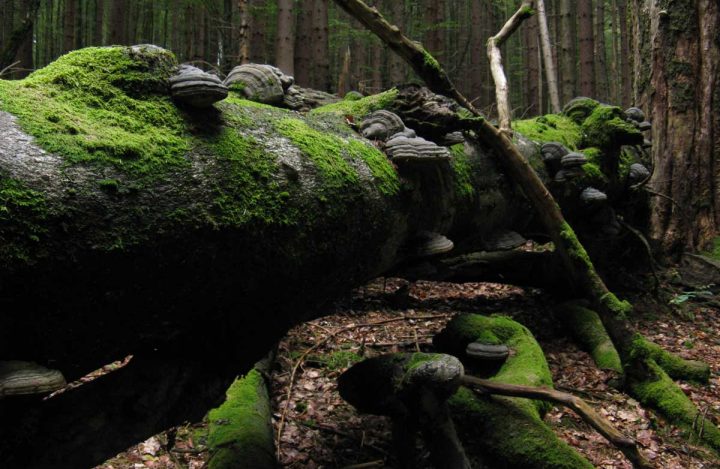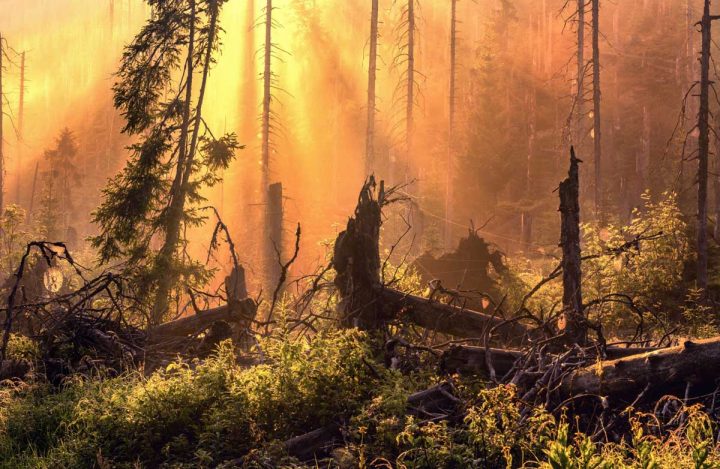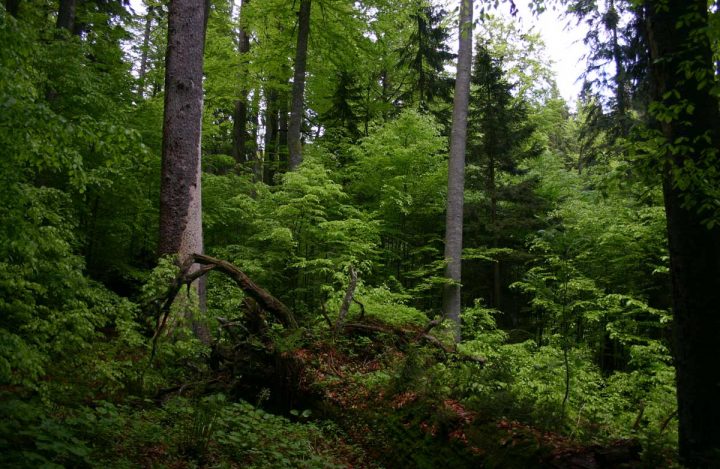Management of the Šumava NP Territory
Management can generally be divided into two approaches:
- The first approach is allowing part of the territory to develop spontaneously where nature follows its own course;
- The second approach is applying temporary targeted management in places significantly altered by human activities in the past.
At present, the territory allowed to develop spontaneously occupies approximately 23% of the NP area, but in the long term, the Šumava NP intends to allow the greater part of its territory to develop spontaneously and prioritise natural processes.
Forests constitute the best part of the Šumava National Park’s area and forest management plays a significant part in the comprehensive management of the National Park.
Overall, the forest ecosystems of our largest national park are divided into two parts: areas allowed to develop spontaneously, and areas with targeted forest management.
Areas allowed to develop spontaneously take up approximately 15,000 hectares and serve for spontaneous development of natural forces. This means that no human intervention concerning tree harvesting or planting takes place in these forests.
This type of forest management is primarily typical of the territory that borders the Bavarian Forest National Park, with vast complexes of alpine, waterlogged, and peaty spruce forests. Altogether, they comprise the largest forest area allowed to develop spontaneously in all of Central Europe.
Non-forest ecotopes represent the crucial part of the Šumava landscape in terms of species richness as more than three quarters of the Šumava plants are dependent on meadows and peat bogs.
The appearance of treeless areas underwent several significant changes during the last ten thousand years, i.e. in the interglacial period.
Open landscape in the cold periods gave way to forest vegetation, the development of which was supported by climate warming and humidification.
But the development of the human agricultural civilisation had a very significant influence on this natural process. Through their activity, humans preserved or recreated non-forest ecotopes.
Šumava’s case illustrates quite vividly how this process positively affected species richness in the local landscape, because, for instance, grassland vegetation of residential enclaves is home to approximately two thirds of plant species in high Šumava.
Meadow enclaves have provided ecotopes to typically alpine species of primary treeless areas, species dependent on light types of alpine forests, but also to species originally occurring at lower elevations and plants introduced by humans and their farming (furrow and pastoral weeds, ruderal plants).
Nature protection in Šumava is facing a great challenge. It is necessary to create a gradual recovery programme closely tied to local communities, if possible. It is necessary to address overgrowth of valuable locations by self-seeded trees and bushes, restore regular hay harvesting, and efficiently organise grazing at selected, most valuable locations.
Šumava abounds in small water bodies, spring areas, peat bogs, spring rivulets and unnamed streams that feed larger water courses, creating a hydrological network that has up to now largely remained in near-natural condition.
In connection with the colonisation of Šumava, water courses were used for various reasons, especially as driving power for hammer mills, timber mills, and flour mills. This usually required blocking the water course and constructing mill races to these establishments.
Relatively significant intervention in the hydrology of Šumava was the construction of a shipping canal system including reservoirs and modification of the water courses for these purposes.
Quite a large number of these modifications perished or at least lost their purpose after World War II, after the expulsion of Germans, and during the military zone period.
Recent history – i.e. development after the collapse of the Iron Curtain – has been associated with the existence of the Šumava NP and stricter nature conservation.


